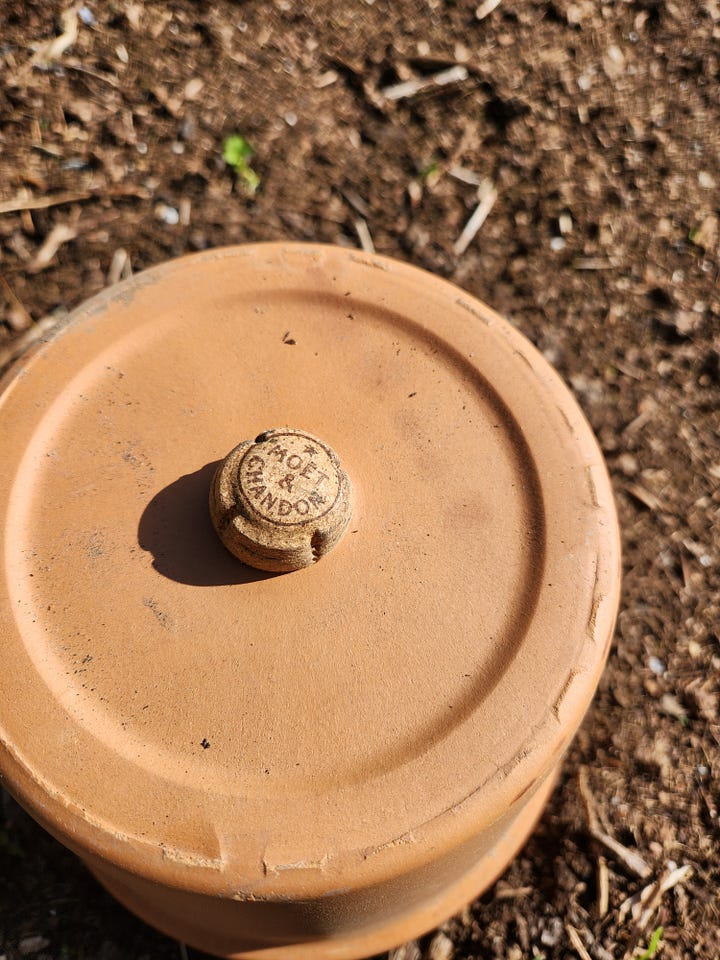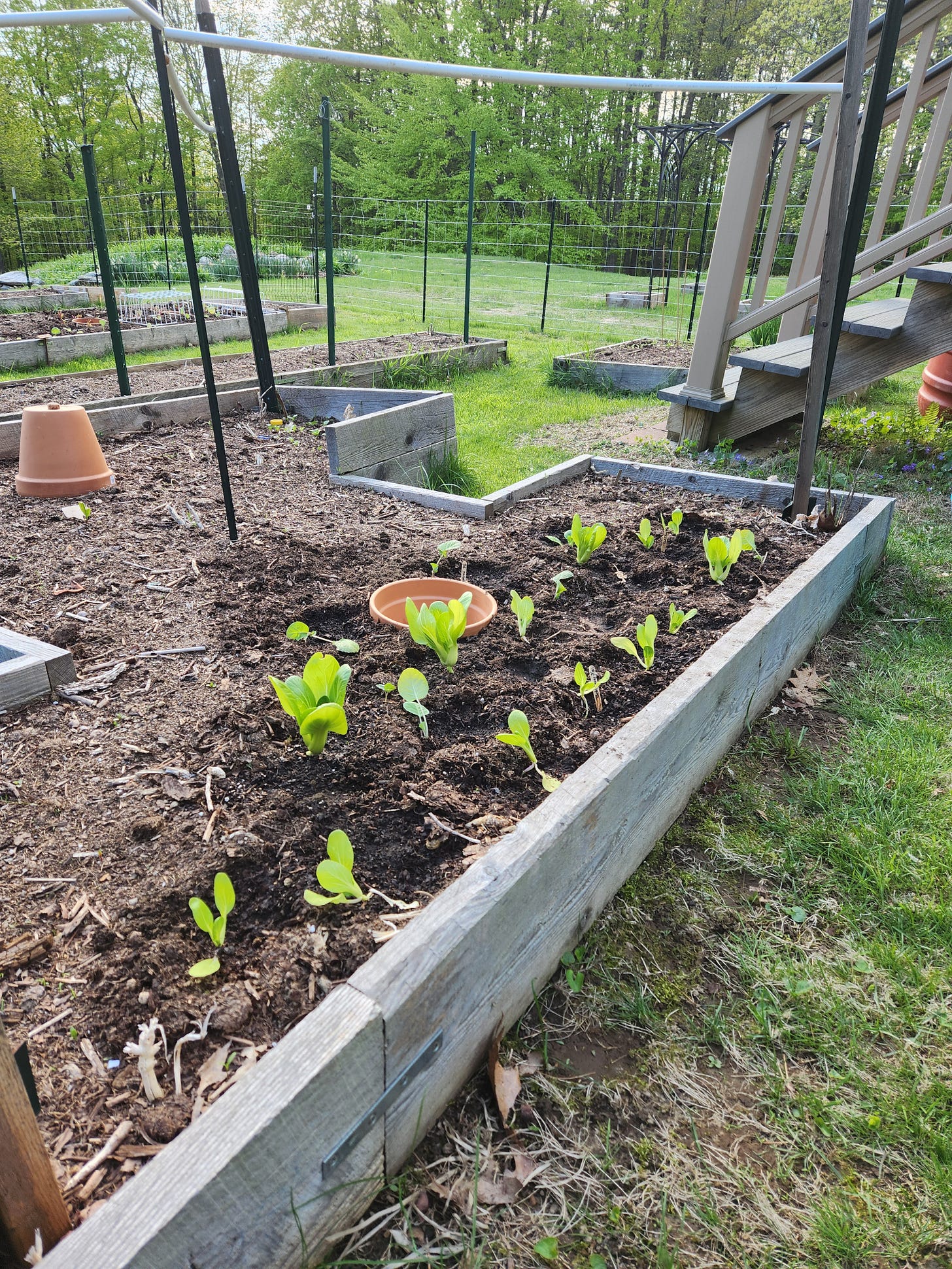Dealing with too much rain and too little rain in the garden
Nature doesn't cooperate sometimes, so what do you do?
After a string of what could be politely called “soggy” weekends for close to three months, our garden “to do” list and planting plan are well behind where I thought and hoped they would be. I realized the other day just how this was weighing on me.
Then I heard myself giving advice to a new gardener this past weekend: “You can’t rush nature. It doesn’t work on your schedule, so learn to live with that.”
As I looked at my garden list at the end of the recent three day weekend and pondered all that hadn’t gotten done, I heard my words come back to me. What’s that old saying about giving advice and listening to it?!!
Despite all the rain we’ve had, I’ve seen very wet springs turn to baking hot, dry summers. With the increasing variability of weather, the extremes we’re experiencing more of, and climate change, we’re listening to nature and making changes in how we garden. One of those changes involves how we store and use water in our vegetable garden.
We’ve doubled the number of water barrels we use to collect rainwater from our roof. We’re also increasing the number of water storage barrels in our vegetable garden to three. Having easy access to water makes it so much easier when nature is being stingy with water. These are all low tech, relatively inexpensive additions, and they mean not only are we conserving water, but we don’t have to tap into the well that supplies our house. Groundwater is precious even when you live in an area called “the Lakes Region.”
A very low tech, old technique for watering that we’re also starting to use this year is using ollas made from large clay pots. The advantage of ollas is that they allow water to get to the roots of the plants instead of running off or only watering the top of the soil.
Ollas can be expensive to purchase, but if you plan ahead and keep your eyes open, you can make yours for relatively little money. At an end of the season sale at a local Ocean State Job Lot store last year, I found clay pots that were nine inches in diameter marked down to $6 each. Keeping your eyes open at yard sales and the “swap shop” at your dump or recycling center is also a good idea. Only unglazed, unpainted terra cotta will work.


There are DIY articles on the web that will tell you how to make ollas. They often recommend adhesive or silicone to seal the hole. I’m not entirely comfortable with this and found a solution that doesn’t require sealants and is free. I saved corks from the champagne from our anniversary and birthday celebrations. These corks fit wonderfully with no adhesive needed.
Clay covers for these pots would be expensive and are harder to find. Ours are fashioned from leftover scrap wood from projects and pallets.
Although the Swiss chard, senposai, lettuce, beets, and carrots we’ve planted so far don’t yet need water from these ollas, they will at some point in the future. If these work out well this summer, you can bet I’ll be keeping an eye out for more pots during the end of the garden season sales!
I’d love to hear how you water your garden and what you’ve tried in the past. What worked and what didn’t?
I’ll be back with another update in a week or two. In the meantime, please comment and subscribe.
Have fun gardening even in the rain and mud!




